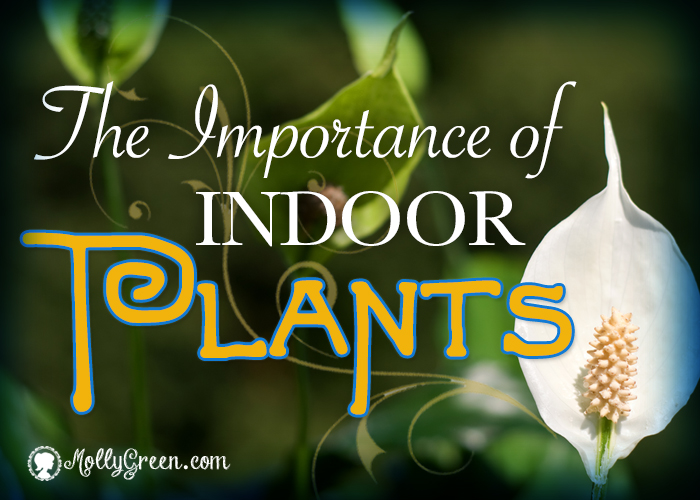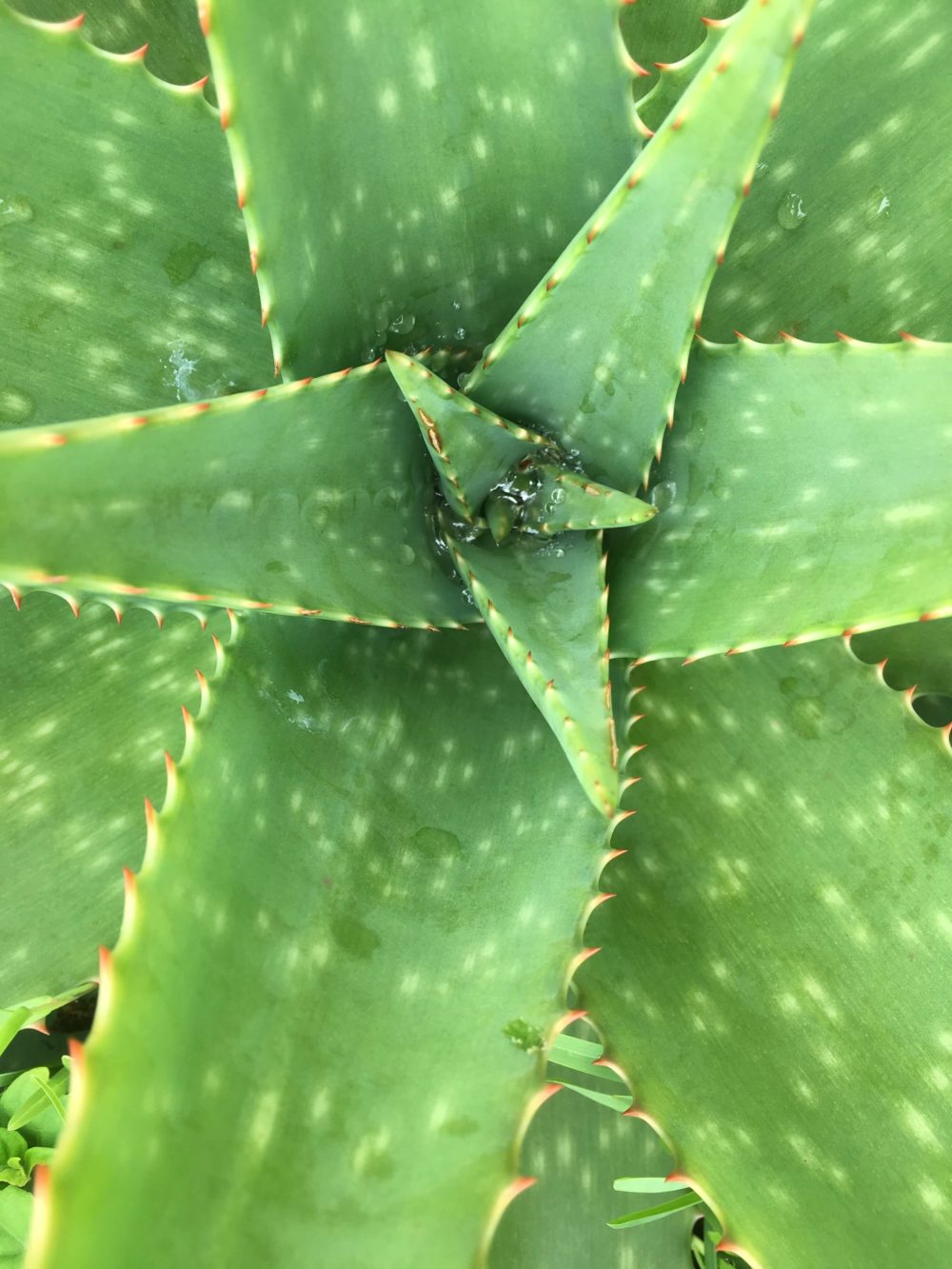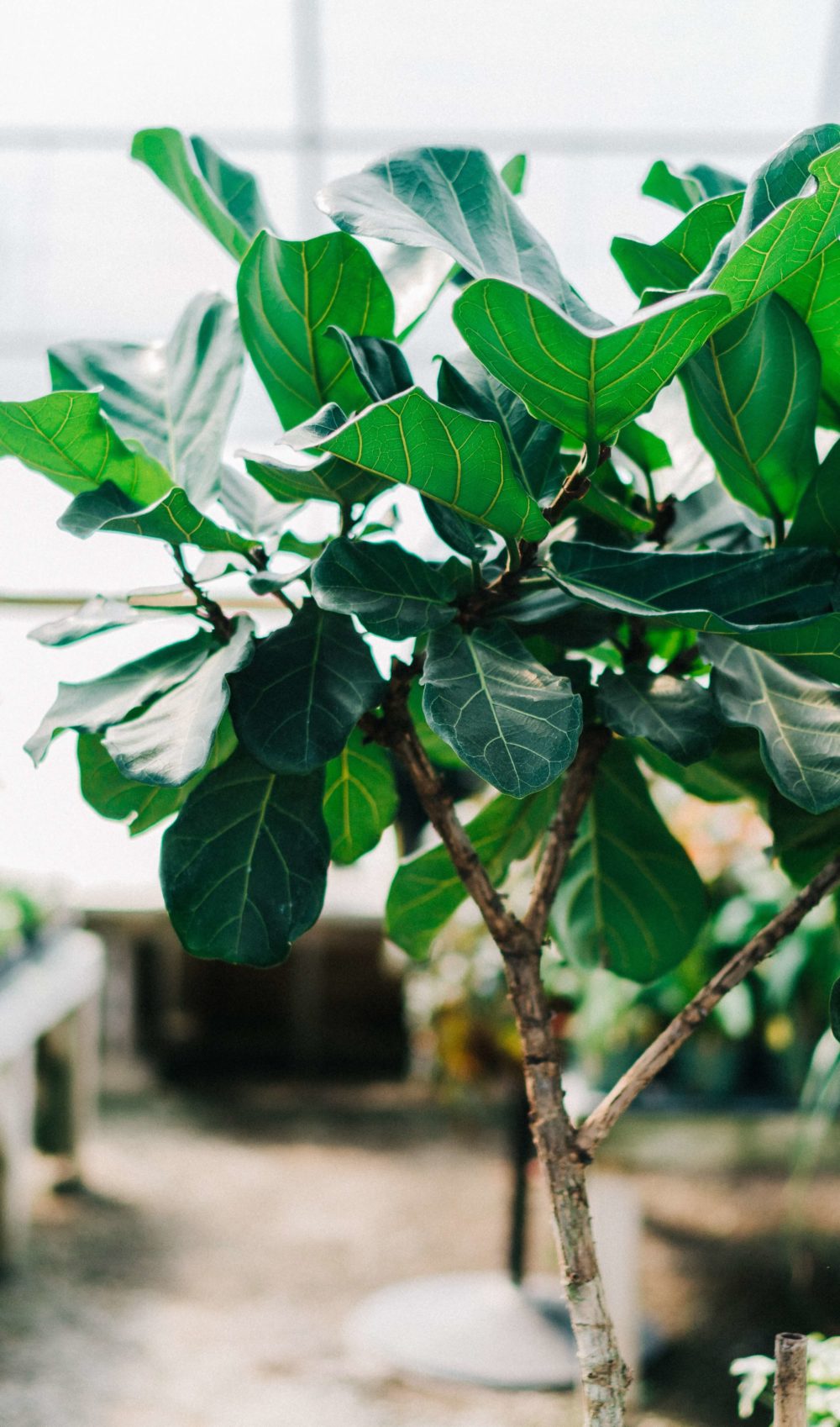
Indoor air pollution is a modern-day dilemma. Airtight houses help us maintain constant temperatures and humidity, saving us valuable resources and making the extremes of the seasons more bearable, but there is a price to be paid. Many building materials of today release toxins into the air. The thought that the air we breathe in our homes contains toxins can be terrifying and overwhelming. We want our homes to be a place of health and happiness. Fortunately, there are indoor plants that remove toxins and help us breathe cleaner.
Plants Can Help Remove Air Toxins
Some of the top offenders are synthetic building materials such as carpet, linoleum, paint, Formica, wood sealers, glues, stains, etc. They can release formaldehyde, benzene, trichloroethylene, and xylene. In building a new home, it is best to use natural building materials as well as low VOC paints, stains, and glues. For those living in existing homes, steps can be taken to clean indoor air.
Avoid the use of air fresheners, artificial candles, plastics, toxic cleaners, and detergents. To help combat air toxins, open windows; install air circulation systems that bring in outdoor air and expel indoor air; and my favorite, add indoor plants that remove toxins from your home.
As an organic farmer, plants are one of my favorite things. They are amazing creations. I have long studied how plants can restore soil that has been ruined by humans, absorbing and breaking down toxins over time, restoring it to its natural order. Remembering our studies of photosynthesis with our little ones, we recall that plants also absorb gas from the air through their foliage. We can utilize this amazing ability of plants to our benefit. Differing plants remove specific toxins from the air, so it is best to research which toxins you are most likely battling, and find the plants that remove them most efficiently. Listed below are a few of the most popular indoor plants that remove toxins from the air, but there are many more!
9 Plants That Remove Toxins in Your House
1. Peace Lily
This hardworking plant absorbs numerous types of VOC’s from the air making it a top choice. The most common carcinogenic VOC’s are formaldehyde, benzene, and trichloroethylene. It has also been found to remove mold spores, alcohols, and acetone.
Learn more about the Peace Lily.
2. Aloe

Everyone should have an aloe plant in their home because of its healing properties, but in addition, it removes formaldehyde and benzene from the air. Formaldehyde, a carcinogen, is one of the top indoor air pollutants.
Learn more about Aloe plants.
3. English Ivy
Filters formaldehyde, carbon monoxide, and benzene, just to name a few. Learn how to take care of English Ivy.
4. Spider Plant
For those of you lacking a green thumb, this is the plant for you. It can survive much neglect and absorbs formaldehyde, benzene, and carbon monoxide. It is also nonpoisonous.
Learn more about the Spider Plant.
5. Bamboo Palm
This fun plant can be trellised and shaped to your liking—a fun project for creative kids. Note that this isn’t “regular” bamboo, but a large leafy plant. Learn about bamboo palm here.
6. Dracaena
There are numerous beautiful varieties in this family of plants. Choose the one that would brighten your home the most. They require little attention and remove numerous VOC’s from the air.
Learn about Dracaena plants here.
7. Rubber Plant
This fun plant requires a little more care. It requires bright light and fertilization (compost is the best fertilization of all!), but is a powerhouse at removing formaldehyde and other toxins. Find out how to grow a rubber plant in your home.
8. Christmas Cactus
Who wouldn’t want to have a Christmas cactus in their house, bringing brightly colored flowers in the dead of winter?
9. Ficus

These easy-to-grow plants are known as effective general air purifiers, filtering numerous common household toxins from the air, and for releasing high amounts of oxygen. They require only indirect sunlight (although some varieties prefer some direct sunlight) and do not need to be watered often.
The plants listed above are long-term plants that can serve you and your household for years. There are also short-living plants that can provide color and clean air for our homes. These include gerbera daisies and chrysanthemums.
Take Care of Your Indoor Plants
In keeping your plants healthy, you will need to feed your plants occasionally with compost tea, water them with filtered water according to their needs (overwatering is usually more of an issue than under-watering), be sensitive to their light preferences, and dust their leaves regularly. If you have small children and pets, be aware that many plants have poisonous elements to them, whether it be their leaves, berries, or flowers. Be sure to research your plants thoroughly and keep them out of reach if necessary.
Stephanie Oaks lives in Ashland City, TN where she and her husband own and operate No. 9 Farms, an organic farm that specializes in berries, herbs, fruits and vegetables, and Christmas trees. Stephanie spends the remainder of her time homeschooling their two teenage children and teaching classes on organic gardening and healthy cooking.





This article is so interesting. I’m hoping to get some of these plants very soon. Thanks for sharing all of this.